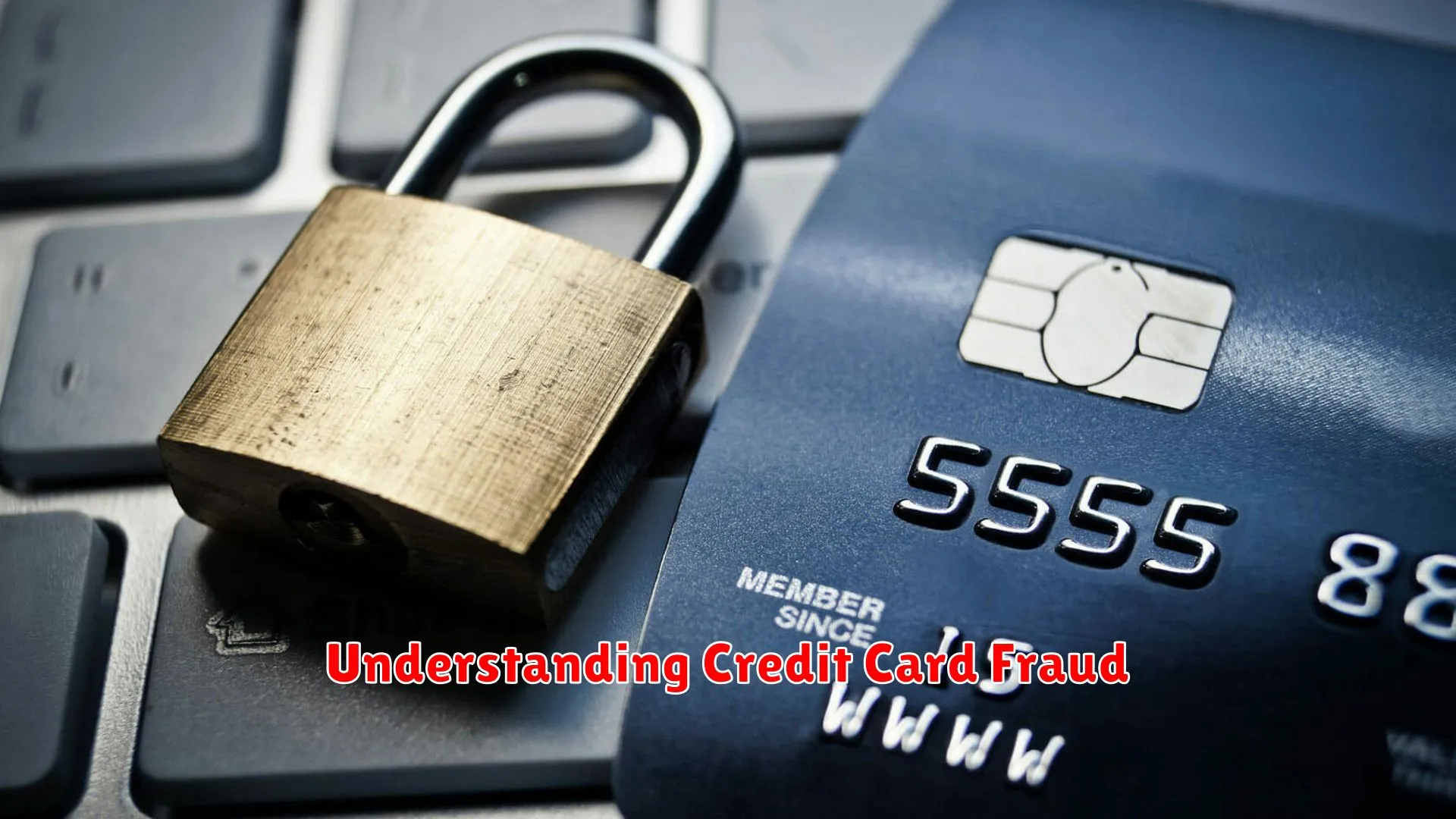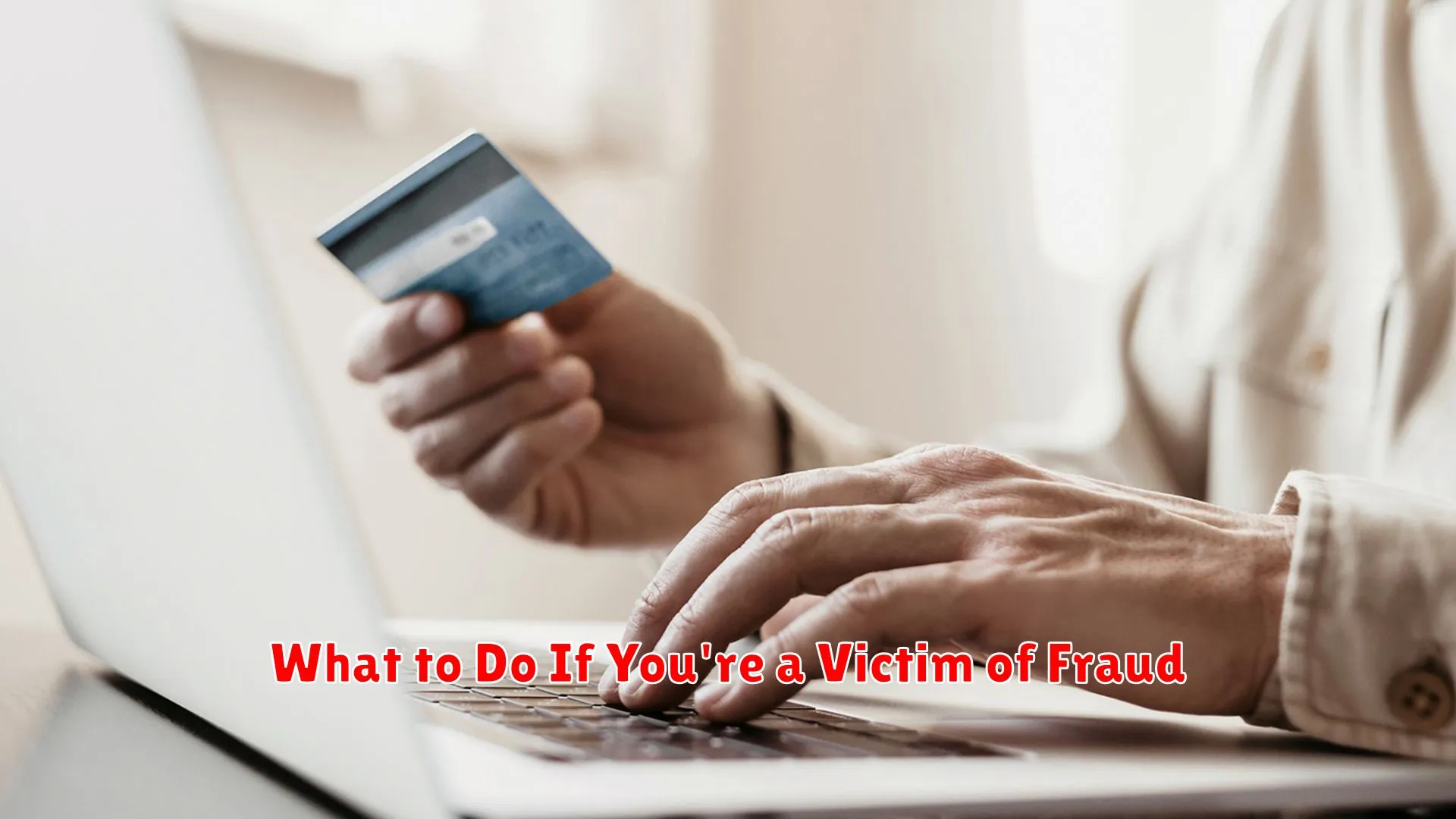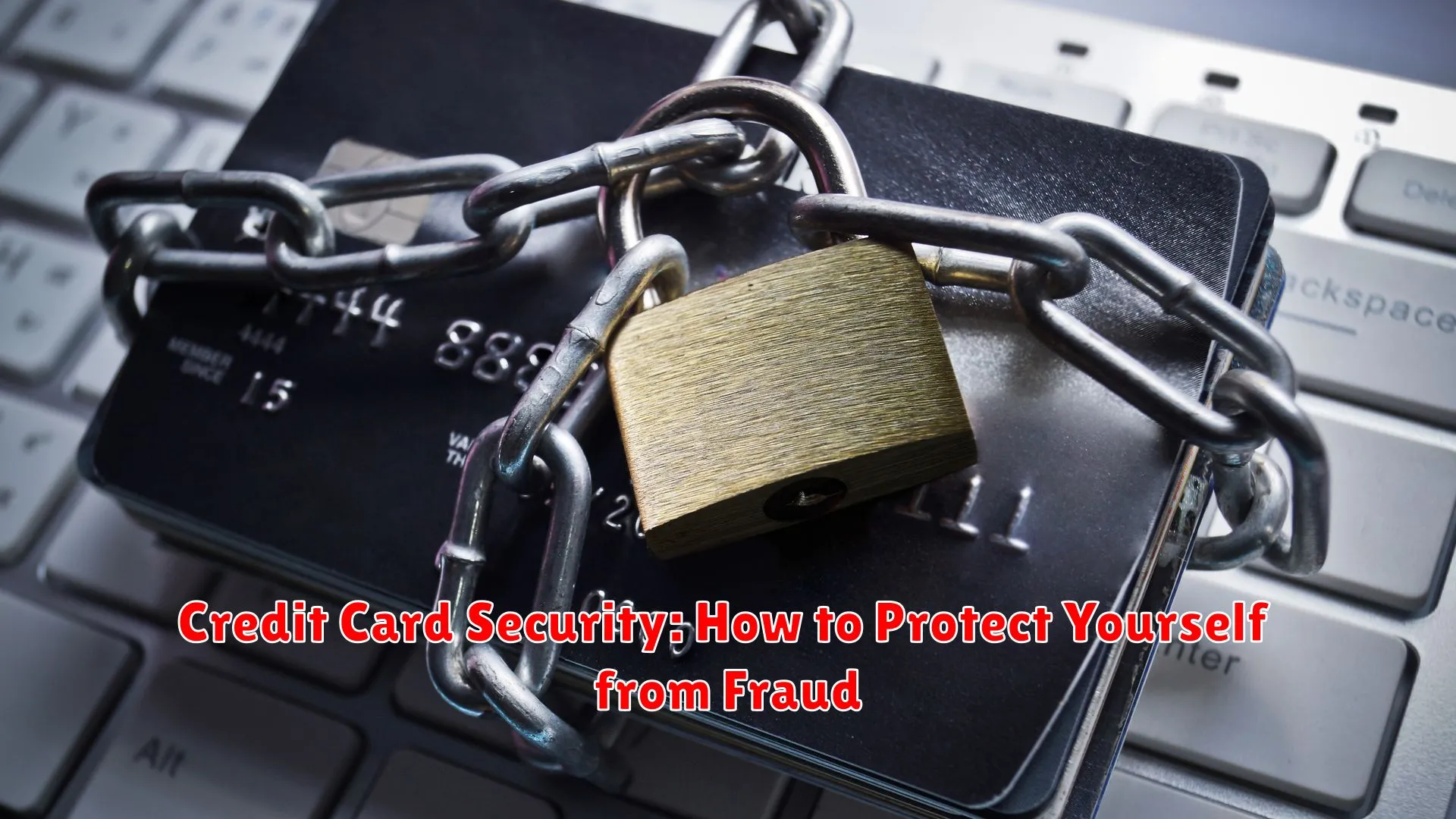Learn how to safeguard your personal information and finances in our guide on navigating credit card security and preventing fraud. Stay informed and protect yourself from potential online threats.
Understanding Credit Card Fraud

Credit card fraud is a widespread issue that can have severe financial consequences for individuals. It typically involves unauthorized use of a person’s credit card information to make purchases or withdraw funds without their knowledge. Understanding the different forms of credit card fraud is crucial in order to protect yourself from falling victim to such scams.
Types of Credit Card Fraud
There are various types of credit card fraud, including:
- Counterfeit Card Fraud: This occurs when a criminal creates a fake credit card to make unauthorized transactions.
- Card Not Present Fraud: This type of fraud happens during online or phone transactions where the physical card is not required.
- Lost or Stolen Card Fraud: Criminals use lost or stolen credit cards to make purchases.
How to Protect Yourself
Protecting yourself from credit card fraud involves several key practices:
- Monitor Your Accounts: Regularly check your credit card statements and report any unauthorized transactions immediately.
- Keep Your Card Secure: Store your cards in a safe place and never share your card details with anyone.
- Use Secure Websites: When making online purchases, ensure you are using secure websites with encryption.
- Be Cautious with Personal Information: Avoid sharing sensitive information that could be used to steal your identity.
By staying vigilant and adopting these security measures, you can minimize the risk of falling victim to credit card fraud.
Setting Up Alerts and Safeguards

When it comes to protecting yourself from credit card fraud, setting up alerts and safeguards is essential. Here are some important steps you can take to enhance your credit card security:
1. Monitor Your Account Activity Regularly
One of the most effective ways to detect fraudulent transactions is by monitoring your credit card account regularly. Check your statements online or through mobile apps frequently to spot any unauthorized charges.
2. Enable Transaction Alerts
Take advantage of transaction alerts provided by your credit card issuer. These alerts can notify you instantly via text message or email whenever a transaction is made on your card, helping you stay informed about your account activity.
3. Set Spending Limits
Consider setting up spending limits on your credit card to prevent large unauthorized transactions. Many card issuers allow you to customize spending limits or block specific types of transactions to add an extra layer of security.
4. Use Two-Factor Authentication
Opt for two-factor authentication whenever possible to add an extra security step when logging into your credit card account or making online purchases. This method requires you to provide a second form of verification, such as a unique code sent to your phone.
5. Report Suspicious Activity Immediately
If you notice any suspicious activity on your credit card account, report it to your card issuer immediately. Quick action can help minimize the impact of fraud and protect your finances.
Tips for Safe Online Shopping

When it comes to online shopping, protecting your credit card information is crucial to prevent fraud. Here are some essential tips to help you stay safe while shopping online:
- Shop from Secure Websites: Look for the padlock symbol in the address bar or “https://” in the URL to ensure the website is secure.
- Use Strong Passwords: Create unique and complex passwords for your accounts to reduce the risk of unauthorized access.
- Avoid Public Wi-Fi: Refrain from making online purchases when connected to public Wi-Fi networks to prevent potential data breaches.
- Monitor Your Accounts: Regularly check your credit card statements and account activity for any suspicious transactions.
- Enable Two-Factor Authentication: Add an extra layer of security to your accounts by enabling two-factor authentication whenever possible.
- Be Wary of Phishing Emails: Avoid clicking on links or providing personal information in unsolicited emails posing as legitimate retailers.
- Update Your Devices: Keep your devices and software up to date to protect against security vulnerabilities.
- Use Trusted Payment Options: Opt for secure payment methods like credit cards or reputable online payment services.
By following these tips, you can help safeguard your credit card information and enjoy a secure online shopping experience.
What to Do If You’re a Victim of Fraud

If you suspect that you have become a victim of fraud related to your credit card, it is essential to take immediate action to protect yourself and minimize the potential damage.
1. Contact Your Credit Card Issuer: As soon as you notice any unauthorized transactions on your credit card statement, contact your credit card issuer immediately. They can help you by freezing your account to prevent further unauthorized charges.
2. File a Fraud Report: Report the fraudulent activity to your credit card issuer by filling out a fraud report. This will initiate an investigation into the unauthorized charges and help you to dispute them.
3. Monitor Your Accounts: Regularly monitor all your financial accounts for any suspicious activity beyond your credit card. This can help you identify any other potential instances of fraud.
4. Change Your Passwords and PINs: To prevent further unauthorized access, change the passwords and PINs associated with your credit card and online accounts immediately.
5. Report to Authorities: If you believe you have been a victim of a crime, such as identity theft, report it to the relevant authorities, such as the police or the Federal Trade Commission (FTC).
Maintaining Security on Your Devices

When it comes to protecting yourself from credit card fraud, maintaining security on your devices is crucial. Here are some important steps you can take to enhance the safety of your personal information and financial data:
- Keep your devices updated: Regularly update your computer, smartphone, and other devices with the latest security patches and software updates. This helps to fix vulnerabilities that could be exploited by hackers.
- Use strong passwords: Create unique and complex passwords for your accounts, including your credit card accounts. Avoid using easily guessable passwords like “123456” or “password.”
- Enable two-factor authentication: Add an extra layer of security by enabling two-factor authentication on your devices and accounts. This typically requires a code sent to your phone in addition to your password.
- Be cautious of phishing scams: Be wary of unsolicited emails or messages asking for personal or financial information. Verify the source before providing any sensitive data.
- Monitor your accounts: Regularly review your credit card statements and account activity for any unauthorized transactions. Report any suspicious activity to your bank immediately.
- Secure your Wi-Fi network: Protect your home network with a strong password and encryption to prevent unauthorized access to your devices and data.
- Avoid public Wi-Fi for sensitive transactions: Refrain from conducting financial transactions or accessing sensitive information while connected to public Wi-Fi networks, as they may be insecure.
By following these security practices and staying vigilant, you can significantly reduce the risk of falling victim to credit card fraud and protect your personal information.
Conclusion
In conclusion, staying vigilant with your credit card usage, monitoring statements regularly, and promptly reporting any suspicious activities are crucial steps to safeguard yourself against fraud.




